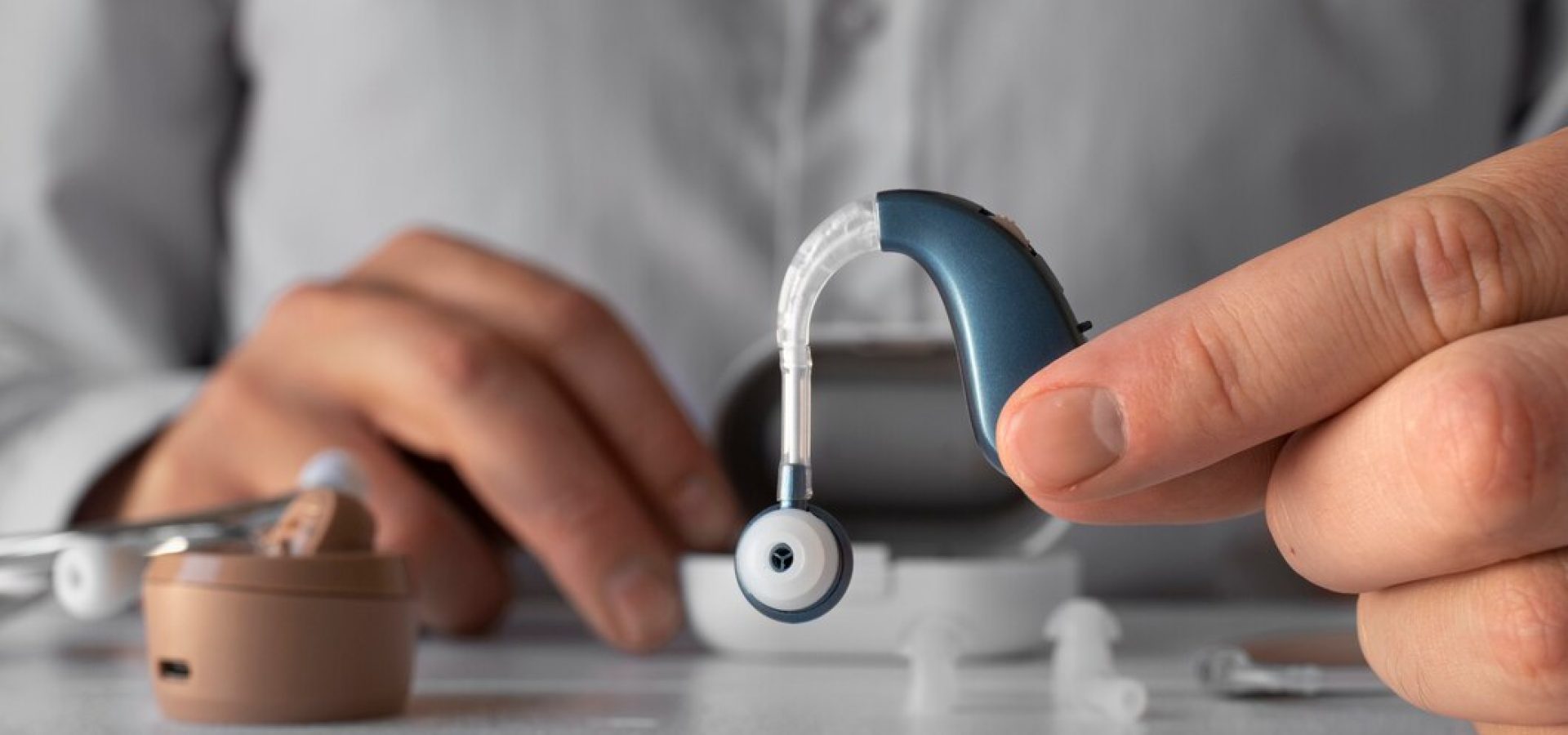Menu

Experiencing hearing loss can be challenging, but choosing the right hearing aid can significantly improve your communication, quality of life, and overall well-being. With so many types, styles, and features available, making an informed decision can be overwhelming. Our team of hearing care professionals is dedicated to guiding you through the hearing aid selection process, ensuring a personalized and supportive experience to address your unique needs and preferences.
In this comprehensive guide, we will dive into the essential factors to consider when choosing the right hearing aid. By understanding the types, features, and personal considerations involved, and with support and guidance from us, you can be confident in your decision and experience the transformative impact of better hearing.
Understanding Your Hearing Loss
To choose the right hearing aid, it’s essential to understand the nature and degree of your hearing loss.
Degree of hearing loss
Hearing loss can range from mild to profound. A comprehensive evaluation by a hearing care professional can determine the severity of your hearing loss and suggest appropriate solutions.
Type of hearing loss
There are four main types of hearing loss: conductive, sensorineural, mixed, and auditory processing. Each type has specific causes and characteristics, and understanding your hearing loss type can help you select the most suitable hearing aid.
Types of Hearing Aids
There are several types of hearing aids to consider, each with variations in design, features, and placement.
Behind-the-Ear (BTE)
BTE devices sit behind the ear and are connected to an ear mould by a transparent tube. They are suitable for all types of hearing loss and ages and come in various sizes and colours.
In-the-Ear (ITE)
ITE hearing aids fit inside the ear, and their custom design ensures a comfortable, tailored fit. They can accommodate mild to severe hearing loss, and their larger size allows for more features and longer battery life.
In-the-Canal (ITC)
ITC units sit inside the ear canal, offering a more discreet appearance than ITE devices. They are suitable for mild to moderately severe hearing loss and provide a natural, less occluded sound.
Completely-in-the-Canal (CIC)
CIC hearing aids are the smallest and most discreet option, as they are placed entirely within the ear canal. They are ideal for mild to moderate hearing loss but offer fewer features due to their compact size.
Key Features to Consider
Modern hearing aids are equipped with numerous features to enhance your listening experience. While not all features may be applicable to your specific needs, it’s important to discuss the available options with your hearing care professional.
Directional microphones
Directional microphones can focus on sounds coming from a specific direction, which is helpful in noisy situations where speech understanding is difficult.
Noise reduction
Noise reduction technology reduces unwanted background noise, making it easier to focus on conversational speech.
Feedback suppression
Feedback suppression eliminates the whistling sound that may occur with poorly fitted hearing aids or when your device is placed near other electronic devices.
Telecoils and wireless connectivity
Telecoils and wireless connectivity enable you to connect your hearing aid to various electronic devices, such as televisions, phones, and public address systems, for improved listening capabilities.
Personal Preferences and Lifestyle Factors
Your comfort and satisfaction with a hearing aid depend on several personal factors, including appearance, comfort, and ease of use.
Appearance and design
Some individuals may prefer a discreet hearing aid, while others appreciate the visibility of a larger device. Various colours and designs are available to suit your preferences.
Comfort and fit
A comfortable fit is crucial for a satisfying hearing aid experience. Discuss with your professional about customization options to tailor your device to your ear shape and size.
Ease of use
Consider devices with accessible controls and easy battery changes. Your hearing care professional can assist you in finding a device that aligns with your skillset and dexterity.
The Importance of a Professional Hearing Assessment
A comprehensive hearing assessment, performed by experts, ensures an accurate diagnosis and a tailored treatment plan that meets your specific needs.
Comprehensive evaluation
A thorough evaluation can identify the degree and type of your hearing loss, as well as any underlying causes that may need attention.
Personalized recommendations
Based on your assessment results, your hearing care professional will discuss the most suitable hearing aid options and provide personalized recommendations.
How Fraser Valley Beltone Can Help
We offer a unique, patient-focused approach, providing expert guidance, fitting, and ongoing support for your hearing journey.
Expert guidance and fitting
Our professionals ensure proper fitting and programming of your chosen hearing aid, optimizing your listening experience and comfort.
Ongoing support and adjustments
We provide ongoing support, including adjustments, maintenance, and advice, to ensure long-term satisfaction with your hearing aid.
Conclusion
Choosing the right hearing aid is crucial to improving your communication, quality of life, and overall well-being. By understanding your hearing loss, exploring different types of hearing aids in Langley, considering key features, and reflecting on personal preferences and lifestyle factors, you can make an informed decision to suit your unique needs. Fraser Valley Beltone is here to guide and support you throughout your hearing care journey, providing comprehensive evaluations, personalized recommendations, and ongoing care. Contact us today to schedule a consultation and begin your path to better hearing.
Share Post
Facebook
Twitter
LinkedIn
Email
Reddit
Pinterest
